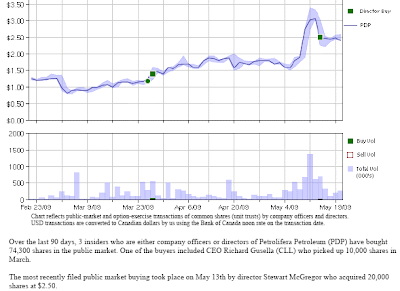


Investment Strategies Ai Driven
Ah, those investing mistakes that everyone wishes hadn’t happened to them. Not all losing ventures in the stock market are due to foolishness. For a plethora of reasons, including reckless advice from the “experts”, emotional trading, misapplication of the basic stock investing concepts, and failure to follow a proven stock trading system all can lead to the same end. Here is a list of common errors to avoid, improving your results and limiting those investing mistakes:Investing Mistakes and How to Minimize Them
1. Never invest without a clearly defined stock trading plan. A well-conceived plan will include considerations of time, risk-tolerance, and future income….and a proven system for success (such as the Japanese Candlestick stock trading method). A plan that follows these guides will steer clear of most investing mistakes.
2. Investors don’t stick to their best investment plan. All too often, investors will feel changes in the market and not have faith in their plan. Although investing is always referred to as "long term", it is rarely dealt with as such by investors who would be hard pressed to explain simple stock market basics. Again, a good investment plan including a strong system can help to evade most investing mistakes.
3. Investors fall prey to the “one-trick pony” method of investing. To think that a rising stock will continue to rise indefinitely, especially if it is a company to which the investor has ties, is fool’s gold. Remember, portfolio diversification is a hedge against investing mistake. Follow your system and take your profits according to your plan.
4. Too often, investors are stricken with "analysis paralysis”, overdosing on stock market information. Such an approach is confusing, frustrating, and leads to more investing mistakes. Something else is good to remember; sales pitches do not constitute research! Technical analysis can be dirty work, but the end result is usually worth the effort.
5. Investors frequently are looking for the “home run”, that shortcut to a huge profit which usually only leads to more investing mistakes. A beginner investing in the stock market will abandon a profitable investment plan to take a chance on securities that cause nothing but trouble. The fact is, a solid plan will likely improve risk reward ratios faster, and more securely, than that swing for the fence.
6. Many investors fail to respect the cyclical nature of the markets and buy the latest fad in securities at its highest price. They will abandon the plan and system that was improving their stock market results and in turn, create a “buy high, sell low” trend in their investing. 

